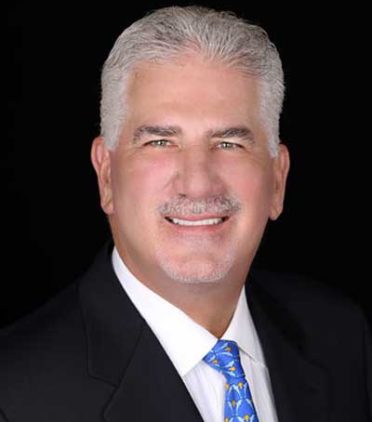Cell Phone Safety Tips For Children

In an ever-changing digital world, it is essential for parents and educators to stay up-to-date with technology and take precautionary measures in regards to cell phone usage with children in their care.
According to DoSoemthing.org with increased access to the internet, children are becoming more exposed to cyberbullying, predatory crimes, and other potential dangers:
- The average age that children get their first cell phone is 10.7 years old.
- 50.6% of kids have a cell phone by the time they are in 4th grade.
- 93% of kids have a cell phone by the time they are in high school.
- About 37% of young people between the ages of 12 and 17 have been bullied online.
- 70% of kids 8-18 say they have accidentally accessed something online that they were not supposed to see.
- 60% of young people have witnessed online bullying. Most do not intervene.
- 4 out of 5 students say they would be more likely to intervene in instances of cyberbullying if they could do it anonymously.
So, how can you ensure your child’s well being while they use their phone? Let’s explore a few tips and tricks that can help keep your kid’s safe on their device’s.
Establish Rules Around Cell Phone Usage
Establishing rules around cell phone usage can be a great way to hold your child accountable for their online activities. Setting limits for when and where your child can use their device can encourage them to use it responsibly. Setting restrictions on the types of apps children are allowed to use, along with establishing specific time frames when they are allowed to be on their phones, can help parents and guardians keep an eye on what they’re doing. Providing your children with guidance and clear expectations is essential in helping them learn responsible digital citizenship.
Practice Internet Safety
Parents should actively teach their children about acceptable online behaviors and hold them accountable for their behavior online to ensure security. Comprehensive internet safety plans involve effective use of device filtering and monitoring, as well as open communication between children and parents. Regular teaching moments allow kids to make progress on becoming proficient in safe internet use while giving parents peace of mind that their children are as secure as possible while surfing the web.
Discuss Cyber-Bullying With Your Children
Checking in with your children about cyberbullying is an important foundational step for giving them the skills to navigate online interactions safely. When talking about cyberbullying, educate your kids on how to recognize the behavior and how to avoid becoming a victim. Make sure they understand what constitutes cyberbullying. This can range from sending hurtful or threatening messages to spreading rumors over social media or texts. Additionally, let them know that it is never okay to bully someone regardless of the technological platforms used. Furthermore, help children develop strategies on how to respond to threats if they come across others bullying if either they, or their peers are being victimized. The SaferWatch App provides an opportunity for them to provide tips about cyberbullying with an option of staying completely anonymous.
Education About The Risks of Sharing Personal Information Online
In this digital age, it is essential to educate our children on the risks of sharing personal information online. It is easy to forget that our words and pictures can be seen all over the world. A single photo posted online has the potential to be shared rapidly and with malicious intent. Along with protecting our children from feeling embarrassed or uncomfortable due to these risks, we should be teaching them all about cyber security measures. Examples include:
- Not using real names as account usernames.
- Not sharing passwords.
- Avoiding opening or sharing suspicious links sent over email or social media messages.
Taking these steps will help protect them from becoming victims.
Don’t “Check in” On Social Media
As children become increasingly reliant on social media for self-expression, it is vital to teach them the dangers of “checking in.” “Checking In” is the process of broadcasting one’s current location to friends and followers. Without proper education, kids may not understand the dangers they expose themselves to by revealing where they are at any given time. For example, strangers can gain access to a child’s location and potentially trick them into visiting certain places or engaging in activities that could have catastrophic consequences. Parents should ensure that their children understand these risks and learn how to utilize privacy settings properly. If not managed carefully, “checking in” on social media can have irreversible outcomes that can be prevented if proper safety measures are followed.
How SaferWatch App Can Help
Cell phones have become an invaluable tool in our everyday lives—but that doesn’t mean there aren’t risks associated with them as well! By establishing ground rules for cell phone use, monitoring your child’s activity on the device, and educating them about cyberbullying, you can help keep them safe while still allowing them the freedom of having their own device. Utilizing mobile tools such as the SaferWatch App will help aid in mobile safety by providing anonymous reporting capabilities. SaferWatch mobile reporting allows students to easily report issues such as bullying, suspicious activity, inappropriate behavior and more, directly from their phones with text, pictures or video.
Additionally, the app allows users to easily check in with their loved ones during a crisis situation. With these tips and tricks in mind, you can rest easy knowing that your children are using their phones safely and responsibly!
Contact a safety specialist today to learn how SaferWatch can help!






















